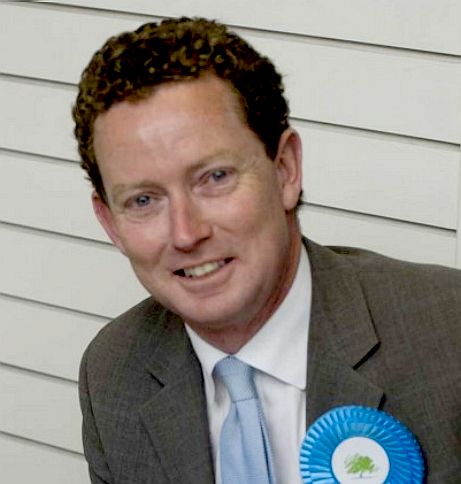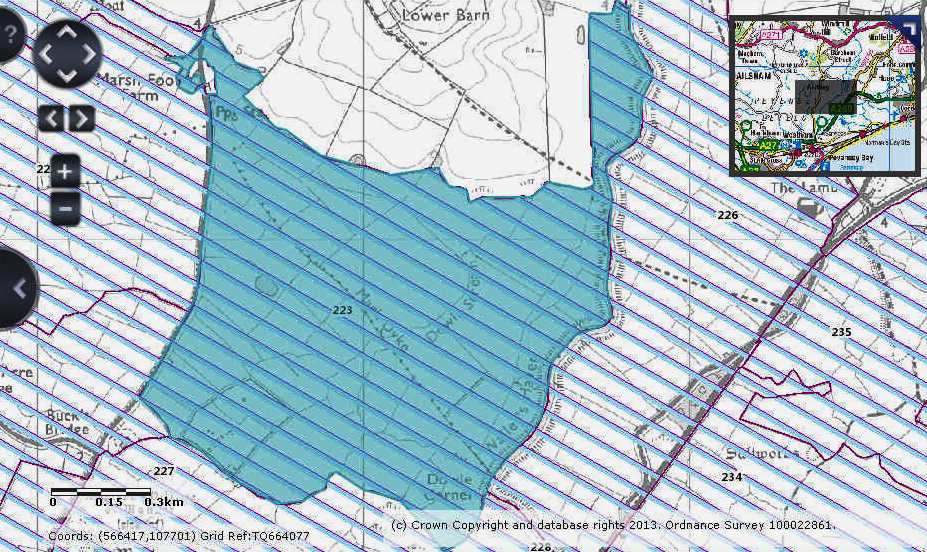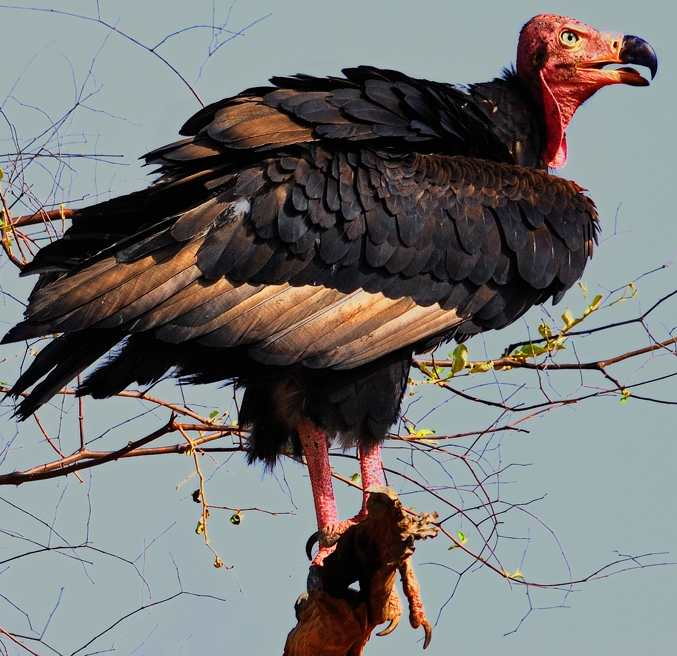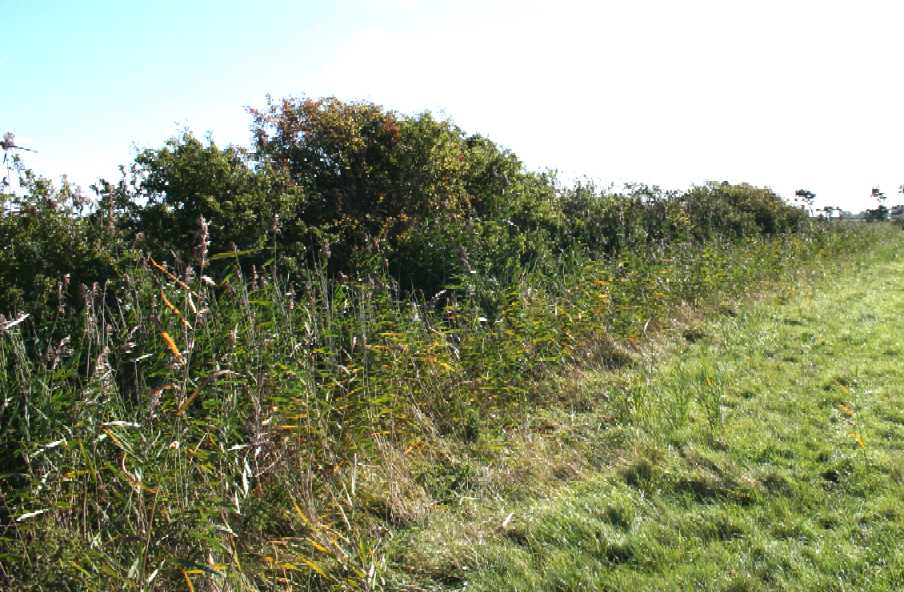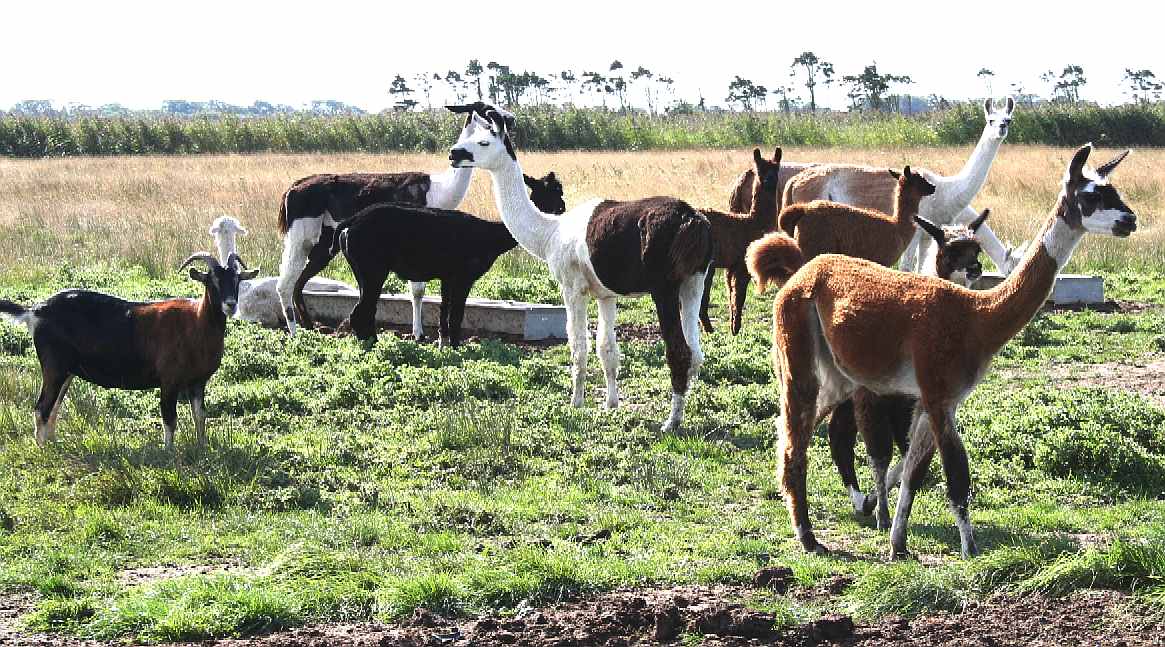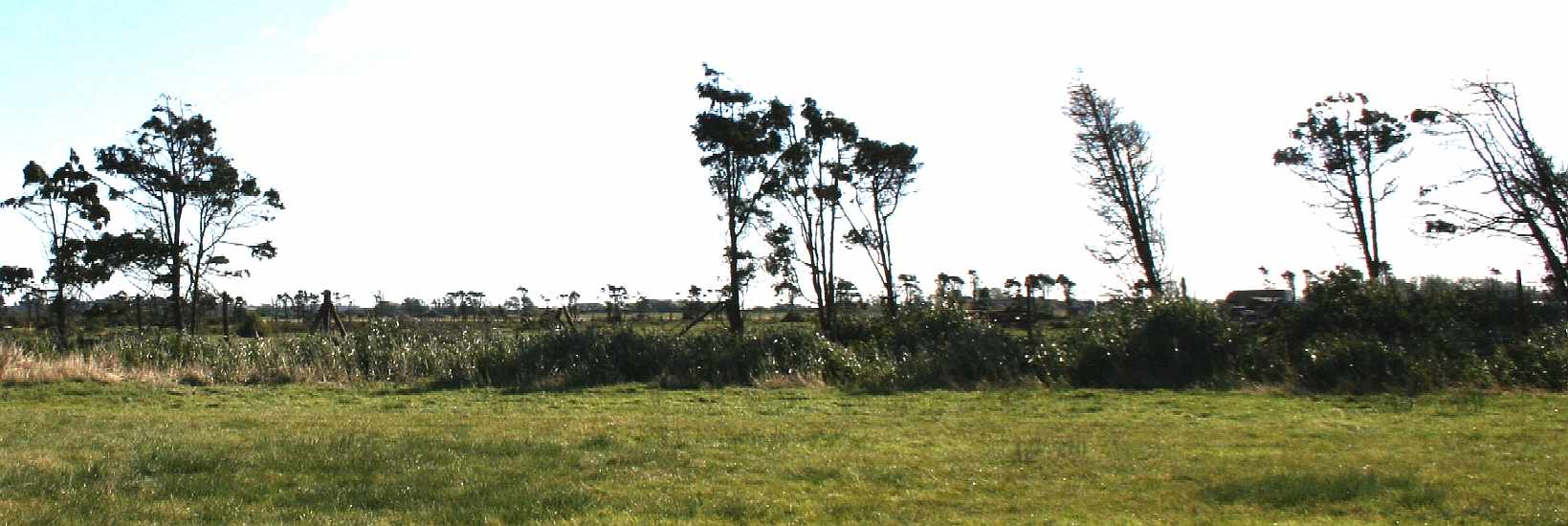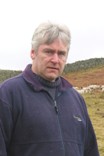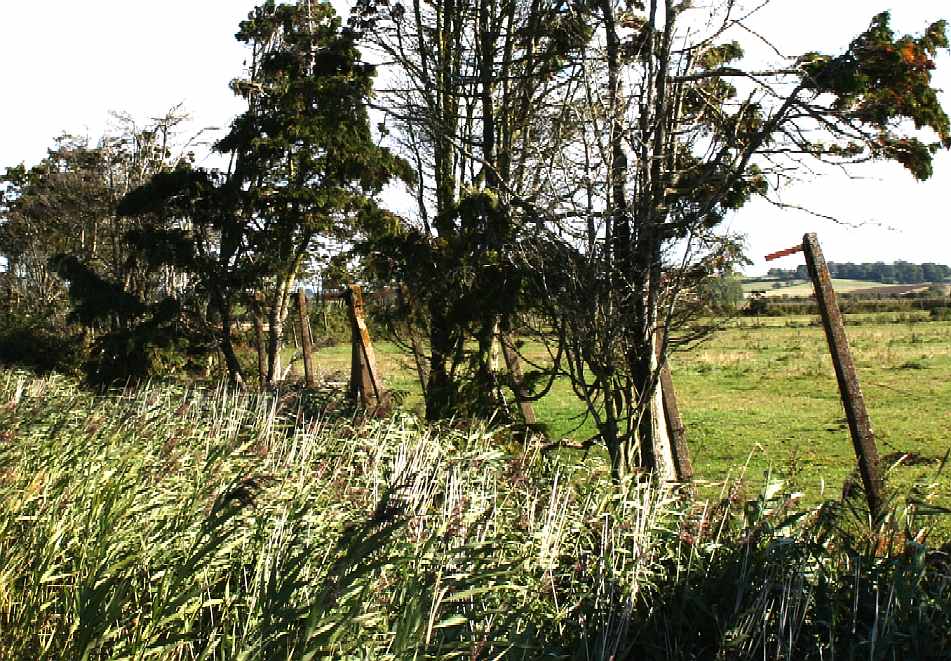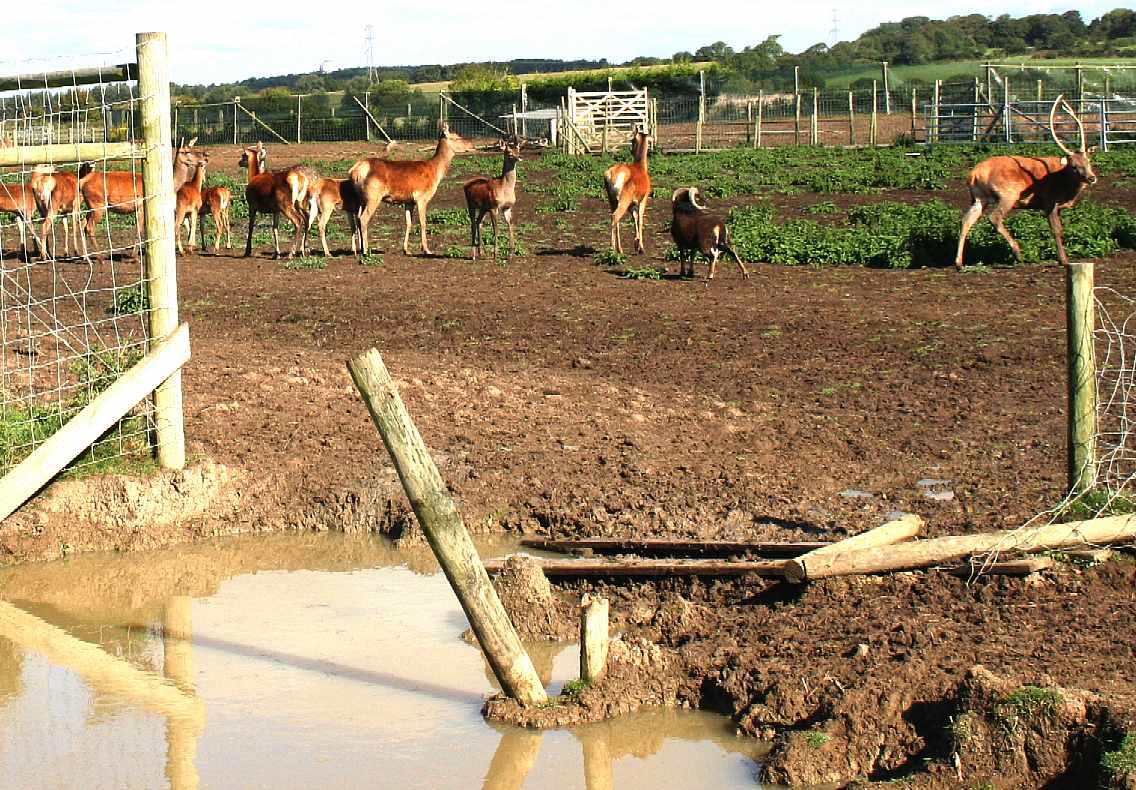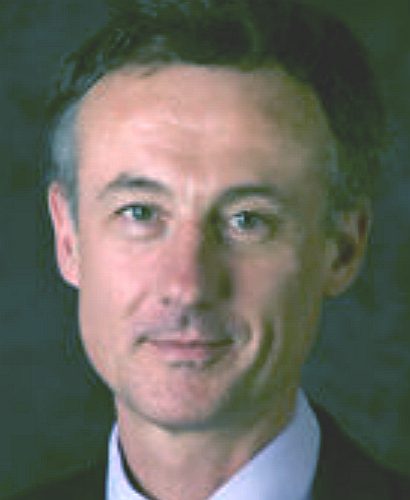|
PEVENSEY LEVELS
|
||||||||||||||||||||||||||||||||||||||||||||||||||||||||||||||||||||||||||||||||||||||||||||||||||||||||||||||||||||||||||||||||||||||||||||||||||||||||||||||||||||||||||||||||||||||||||||||||||||||||||||||||||||||||||||||||||||||||||||||||||||||||||||||||||||||||||||||||||||||||||||||||||||||||||||||||||||||||||||||||||||||||||||||||||||||||||||||||||||||||||||||||||||||||||||||||||||||||||||||||||||||
|
It looks like just another hill in the Sussex countryside, but the hill to the right at Wartling in East Sussex, is manmade. The early warning radar station was used to thwart Hitler's plans.
POLITICS Vs POLICIES
Local MP
Greg Barker pledged to fight to protect the Pevensey
Levels after listening to local residents from Wartling and the surrounding area who are concerned about new, potentially
damaging developments on the marsh.
The above article on Mr Barker's website, appears to confirm that this prosecution was politically, and judging by the Youtube on Planning Outlaws, racially motivated. We wonder then if Greg Barker should have become involved and why the Police are not taking any action against what seems to us to be incitement to racial hatred? Some of the comments that are recorded as potential evidence, are rather hard to explain any other way. What a shame that Gregory is not so opinionated when it comes to protecting the historic built environment and the rights of farmers to farm their land. The Levels at Pevensey were of course home to RAF Pevensey and RAF Wartling, meaning that what has subsequently been classified as a site of scientific interest, is more likely to have come about from man's intervention in World War Two. Natural England seem to want to ignore our fight against one of the most famous dictators of all time: Adolf Hitler.
PEVENSEY LEVELS - UNIT 223
The term ‘Pevensey Levels’ refers to the low-lying area between Eastbourne and Bexhill in East Sussex. It is a wetland of national and international conservation importance and 37 per cent of the National Character Area (NCA) is a Site of Special Scientific Interest and Ramsar site. The Levels are predominantly rural and mostly grazed pasture, and consist of extensive drainage networks and flood plain. The NCA also includes the urban centre of Eastbourne which is a busy seaside town with a population of nearly 100,0004 and up to 5 million visitors each year. A coastline of shingle beach stretches along the length of the area, punctuated by settlements, historic military buildings and sea defence structures.
Recently, the pumping arrangements have failed leading to flooding. This has not been adequately addressed and the population of Lapwings is not as stated when the area was classified in 1990. The whole Unit should therefore be re-assessed as a matter of some urgency.
LAND OWNERSHIP & WEALDEN DISTRICT COUNCIL
Wealden has a terrible reputation when it comes to discrimination. The pattern emerging seems to be that they target gypsies who own land and foreigners. The Wealden Action Group was formed in the 1990s to keep an eye open for planning favors, which of course means unfavorable treatment for others. Pevensey Levels is an area where we suspect foul play.
The tactics involve all the agencies working together to apply pressure to the unlucky recipient. It matters not one bit if such use of authority is lawful, nor if it is waste of the taxpayers money.
NCA Profile:124 Pevensey Levels (NE478)
The levels at Pevensey are criss-crossed with access tracks, bunkers and other concrete and brick buildings, many of which are sub-surface.
This area had been designated of scientific interest, with little regard to the industrial archaeology remaining from Word War Two and the Cold War that followed. RAF Wartling was a significant subterranean installation to provide early warning of bombing raids and the like.
Solicitors for Natural England, invisible vultures that prey on unsuspecting farmers, using all manner or ruses to obtain land charges - in the hope that Natural England might bankrupt the unwary and obtain their lands.
SSSI OUT OF DATE = CRIMINAL NEGLIGENCE
The above document has not been updated with fresh information as to migration and nesting, given the climate change from global warming in the intervening 23 years since 1990. It is unclear if the 1977 notification was reassessed in 1990 - with the benefit of proper collated figures as to actual levels of populations, or, whether the notification was simply rubber stamped for convenience.
Either way, where prosecutions are being based on out of date statistics and use, those prosecutions are poorly found and may well be an abuse of process.
SPECIES DUE FOR REVIEW:
Fen Raft Spider Lapwings Reed Warbler Sedge Warbler Yellow Wagtails
Mr Poul Christensen CBE - Chair - Date appointed: December 2006 Date appointed as Chair: 3 December 2009 - Appointed until: 31 December 2013
Poul was appointed Chair of Natural England on 3 December 2009. He was Deputy Chair of Natural England from 2006 and served as Acting Chair following the death of Sir Martin Doughty in March 2009.
He is a director of a successful family dairy farming business at Kingston Hill Farm, in Oxfordshire. He has a long track record of integrating conservation with the demands of modern farming.
Throughout his career Poul has taken a prominent role leading the farming sector through changing and challenging times. He is the joint founder of the Tenant Farmers’ Association, established in 1981 to provide a voice for tenant farmers. He was previously Chairman of Milk Marque in the late 1990s, steering the dairy sector through a period of significant change, Chair of the Rural Development Service until 2006, overseeing the launch of modern Environmental Stewardship schemes, and a member of the Defra Management Board before taking up the appointment of Chair at Natural England.
He is currently a Director of Agricultural Central Trading Limited, a farmer supply cooperative and is a Board member of the UK’s Joint Nature Conservation Committee. Poul was elected as President Elect of the National Federation Of Young Farmers' Clubs, in April 2012, and in the same month was advanced as a Fellow of the Royal Agricultural Societies (FRAgS). He received the Commander of the Order of the British Empire in the Queen's Birthday Honours List in 1991 for services to agriculture and the commercial development of the Agricultural Development Advisory Service (ADAS).
Solicitors for Natural England brought farming to a halt on Pevensey Levels, then sent a letter claiming that they had no intention of stopping farming. What utter rubbish. They say one thing and do another. Hypocrisy is ingrained in most local authorities so much that they almost believe their own line of twaddle.
Professor David Hill - Deputy Chair Appointed: 2 May 2006 - Until: 31 March 2014
David was appointed Deputy Chair in February 2011 and has been a member of Natural England’s Board since 2 May 2006.
His responsibilities include: Northumberland and Yorkshire Dales National Parks, Joint Nature Conservation Committee (as Board member), Natural England’s Science Advisory Committee and Audit and Risk Committee, and the Natural England, Environment Agency and Forestry Commission Joint Sub-group.
David has significant experience in consultancy, nature conservation and company business strategy. He runs an ecological consultancy company, is Chairman of The Environment Bank Ltd and was previously Chief Scientific Adviser to RPS Group plc. Over the past three years he has been actively involved in promoting environmental markets to provide new and innovative ways of mitigating for impacts on ecosystem services arising from development, industry and corporate businesses.
David is a Fellow and past President of the Institute of Ecology and Environmental Management. He has published extensively on ecological issues over the past 25 years. David is a member of the Government’s Ecosystem Markets Taskforce. David is a member of the RSPB, BTO, Norfolk Wildlife Trust and a life member of the National Trust.
Pevensey marsh is littered with WWII buildings, most of which are underground
Mr William Cockbain Appointed: 1 October 2011 - Until: 30 September 2014
Responsibilities from 1 October 2011 include: land management, agriculture and the uplands, Lake District, Peak District and North York Moors National Parks.
William Cockbain farms a large hill farm in the Lake District as part of a family partnership. He was NFU National Uplands spokesman from 2004 until March 2012 when he stood down after 8 years.
In 2006 he was appointed as Defra’s North West Sustainable Food and Farming Champion, a position held until the end of March 2011. He chairs the new Rural and Farming Networks, for Cumbria, North and East Lancashire, and was made an Associate of the Royal Agricultural Societies for England, Scotland, Wales and Northern Ireland in 2008 for services to hill farming.
Ms Catherine Graham-Harrison OBE Appointed: 1 January 2009 - Until: 31 December 2014
Responsibilities from 30 September 2011 include: Protected Landscapes, with special responsibility for the South Downs and New Forest National Parks, and transport and development. Member of the Audit and Risk Committee until 30 September 2011.
Until 2011, Catherine worked as a Management Consultant, mainly in the not for profit sector, focusing on philanthropy; strategic planning; governance and organisational development.
Prior to that, she was a Vice President of Citibank and then Chief Executive of the Paul Hamlyn Foundation. She has held a large number of non executive positions over the past 20 years including being on the board of the Heritage Lottery Fund and a trustee of the Joseph Rowntree Foundation.
Catherine has been Chair of the National Forest Company since April 2011 and was appointed Chair of the National Trust Architecture Panel with effect from 1 February 2011.
Natural England told this farmer that he could build a bridge from one side of his pond to another, then made him lower it twice - without specifying a height of build. Finally, after pushing the issue, Sue Beale took advice from solicitors and then (only then) said 10cm. Why didn't Natural England say this in the beginning, rather than use this point as an excuse to prosecute the farmer. We say the reason is obvious, they set the farmer up for a fall. Is that then a malicious prosecution?
Dr Joe Horwood Appointed: 1 October 2009 - Until: 30 September 2015
Responsibilities include: Lead Board member for marine and the Broads Authority. Member of the Audit and Risk Committee (until 30 September 2011), Natural England Science Advisory Committee, Marine Protected Areas sub-group on the Joint Nature Conservation Committee and the Natural England, Environment Agency and Forestry Commission Joint Sub-group (ceased July 2012).
Joe Horwood has a background in mathematics and zoology applied in marine ecology and resource management. Former Chief Science Advisor at the Centre for Environment, Fisheries and Aquaculture Science (CEFAS), but retaining a role as Non-Executive Director and Chair of CEFAS’ Science Advisory Committee. He has been a member of the Board of the International Council for Exploration of the Sea (ICES) since 1998 and was President of ICES from 2006 to 2009. He was also on the Board of the Marine Biological Association from 1998 to 2001.
He has served on the science advisory committees of the International Whaling Commission, ICES and the EC, and on the UK’s Marine Science Co-ordination Committee. He is a Fellow of the Royal Statistical Society, and of the Institute of Mathematics and its Applications, and a member of the British Ecological Society, the Challenger Society and the Suffolk Wildlife Trust. He has published on a variety of marine issues including whales, fisheries and marine protected areas.
Solicitors for Natural England forced farming to come to a halt, where they insisted that this farmer remove his deer proof barrier. Not only that, but they then refused to indemnify the farmer - knowing only too well that his herd of deer would then be free to escape, and that is exactly what happened. We say that such abuses of a position of trust does Natural England no favours in the long term. Their short term objective to cause the farmer huge losses, so that farming became untenable, is nothing short of bullying and discriminatory practices.
Mr Doug Hulyer Appointed: 2 May 2006 (reappointed 1 June 2011) - Until: 31 May 2014
Responsibilities include: Exmoor and Dartmoor National Parks, access and engagement, management for biodiversity, and climate change adaptation. Member of the Natural England, Environment Agency and Forestry Commission joint sub-group.
Doug is an independent advisor for the heritage and natural environment sector. He was previously the Director of Conservation, Programmes and Developments for the Wildfowl & Wetlands Trust, and prior to moving to Slimbridge in 1984, one of the first Education Officers in the Wildlife Trust network.
Doug is a committed environmentalist, environmental educator and conservationist with over 30 year’s professional experience. He is a Trustee of the National Heritage Memorial Fund/Heritage Lottery Fund, a member of HLF’s South West Committee, and Chair of the NHMF Audit Committee. Doug is currently Vice-President of the Surrey Wildlife Trust, a member of the Learning & Visitor Experience Panel of the National Trust, and a Fellow of the Society of Biology. He is a Trustee of Earth Trust, Oxfordshire (HLS received) and Woodchester Mansion Trust (within SSSI).
He also holds memberships in Gloucestershire Wildlife Trust, English Heritage, Wildfowl & Wetland Trust, The National Trust, Freshwater Biological Association, and the Institute of Directors, The Chartered Institute of Water and Environmental Management, Royal Horticultural Society, IUCN – Commission on Education and Communication and the National Trust.
In June 2008, Doug ceased his position as Chairman of the Wetland Vision project. Doug was a Council Member for English Nature between 2002-2006, before taking up the appointment of Board Member for Natural England.
And yet more farm animals that no longer have a farm to stay on. Natural England have done all within their power to bring about a halt to farming on the Pevensey Levels. It's nothing short of economic vandalism. And, look at all the smiling faces on this page. Would they be laughing if someone did this to them?
Professor David Macdonald Appointed: 2 May 2006 (reappointed 1 June 2011) - Until: 30 September 2014
Responsibilities include: Chair of Natural England’s Science Advisory Committee and biodiversity (land use issues). David is the Professor of Wildlife Conservation and the Director (and founder) of the Wildlife Conservation Research Unit, Zoology Department at Oxford University. He is also Chairman of the Darwin Advisory Committee, Defra and Chairman of Earthwatch UK.
David was awarded the 2004 Dawkins Prize for contributions to wildlife conservation. In 2006 he was awarded the Merriam Medal for outstanding contributions to mammalian research by the American Society of Mammalogists and in 2007 he was awarded the equivalent medal of Britain’s Mammal Society and in 2010 the Zoological Society of London’s Silver Medal. In 2008, he was elected a Fellow of the Royal Society of Edinburgh. In 2010 he was appointed Commander of the British Empire for services to Natural Science.
He is also Senior Research Fellow of Lady Margaret Hall, a Board Member of the World Wildlife Fund. David was a Council Member for English Nature from 2003-2006, before taking up the appointment of Board Member for Natural England.
Mr Nigel Reader CBE Appointed: 1 June 2011 - Until: 31 May 2014
Responsibilities include: Chair of Natural England’s Audit and Risk Committee from 1 October 2011. Nigel is a member of the Chartered Institute of Management Accountants and is a Chartered Global Management Accountant and has held a number of senior financial positions, including as Director of Finance for the National Rivers Authority and the Environment Agency. He has been a member of HM Treasury’s Financial Reporting and Advisory Board and a member of the Prince of Wales’ Accounting for Sustainability Advisory Group.
He served as a member of the board of trustees of the international development charity WaterAid from 1999 until 2011 and is a consultant for them (occasional).
He is currently a board member for both the Marine Management Organisation and Natural Resources Wales and also chairs their Audit & Risk Committees.
Mr Andy Wilson Appointed: 1 January 2009 - Until: 31 December 2014
Responsibilities include: Member of Audit and Risk Committee from 1 October 2011; and climate change mitigation (renewable forms of energy).
Andy Wilson has been Chief Executive of the North York Moors National Park Authority since March 2000 during which time the Authority has won a series of awards for customer service, training and work on climate change. Prior to that, he worked for seven years at the Northumberland National Park. Earlier in his career he worked for the Council for the Protection of Rural England (CPRE) and the Royal Society for the Protection of Birds (RSPB), where he produced a series of influential reports on farming and the environment. He has numerous relations who farm in the Yorkshire Dales
Andy is a member of the RSPB, and was a member of the Yorkshire and Humber Assembly Sustainable Development Board until April 2009.
NATURAL ENGLAND - LAWYERS
Andy Hopkin, Browne Jacobson LLP, solicitors Jonathan Mitchell, Ropewalk Chambers
FEN RAFT SPIDER - YOUTUBE
LINKS & REFERENCE
http://www.wildlifeextra.com/go/news/fen-raft-spider.html#cr http://www.sssi.naturalengland.org.uk/Special/sssi/unit_details.cfm?situnt_id=1030523 http://www.sssi.naturalengland.org.uk/Special/sssi/unitlist.cfm?sssi_id=1000914 Gregory Barker greg-pledges-to-fight-for-protection-of-pevensey-levels http://www.gregorybarker.com/news/17/greg-pledges-to-fight-for-protection-of-pevensey-levels http://www.naturalengland.org.uk/about_us/ourpeople/neboard/default.aspx
|
||||||||||||||||||||||||||||||||||||||||||||||||||||||||||||||||||||||||||||||||||||||||||||||||||||||||||||||||||||||||||||||||||||||||||||||||||||||||||||||||||||||||||||||||||||||||||||||||||||||||||||||||||||||||||||||||||||||||||||||||||||||||||||||||||||||||||||||||||||||||||||||||||||||||||||||||||||||||||||||||||||||||||||||||||||||||||||||||||||||||||||||||||||||||||||||||||||||||||||||||||||||
FAIR USE NOTICE
This site contains copyrighted material the use of which has not always been specifically authorized by the copyright owner. We are making such material available in our efforts to advance understanding of environmental, political, human rights, economic, scientific, and social justice issues, etc. We believe this constitutes a 'fair use' of any such copyrighted material as provided for in section 107 of the US Copyright Law. In accordance with Title 17 U.S.C. Section 107, the material on this site is distributed without profit to those who have expressed a prior interest in receiving the included information for research and educational purposes. |
||||||||||||||||||||||||||||||||||||||||||||||||||||||||||||||||||||||||||||||||||||||||||||||||||||||||||||||||||||||||||||||||||||||||||||||||||||||||||||||||||||||||||||||||||||||||||||||||||||||||||||||||||||||||||||||||||||||||||||||||||||||||||||||||||||||||||||||||||||||||||||||||||||||||||||||||||||||||||||||||||||||||||||||||||||||||||||||||||||||||||||||||||||||||||||||||||||||||||||||||||||||
|
This site is protected under Article10 of the European Convention on Human Rights and Fundamental Freedoms. |
||||||||||||||||||||||||||||||||||||||||||||||||||||||||||||||||||||||||||||||||||||||||||||||||||||||||||||||||||||||||||||||||||||||||||||||||||||||||||||||||||||||||||||||||||||||||||||||||||||||||||||||||||||||||||||||||||||||||||||||||||||||||||||||||||||||||||||||||||||||||||||||||||||||||||||||||||||||||||||||||||||||||||||||||||||||||||||||||||||||||||||||||||||||||||||||||||||||||||||||||||||||

